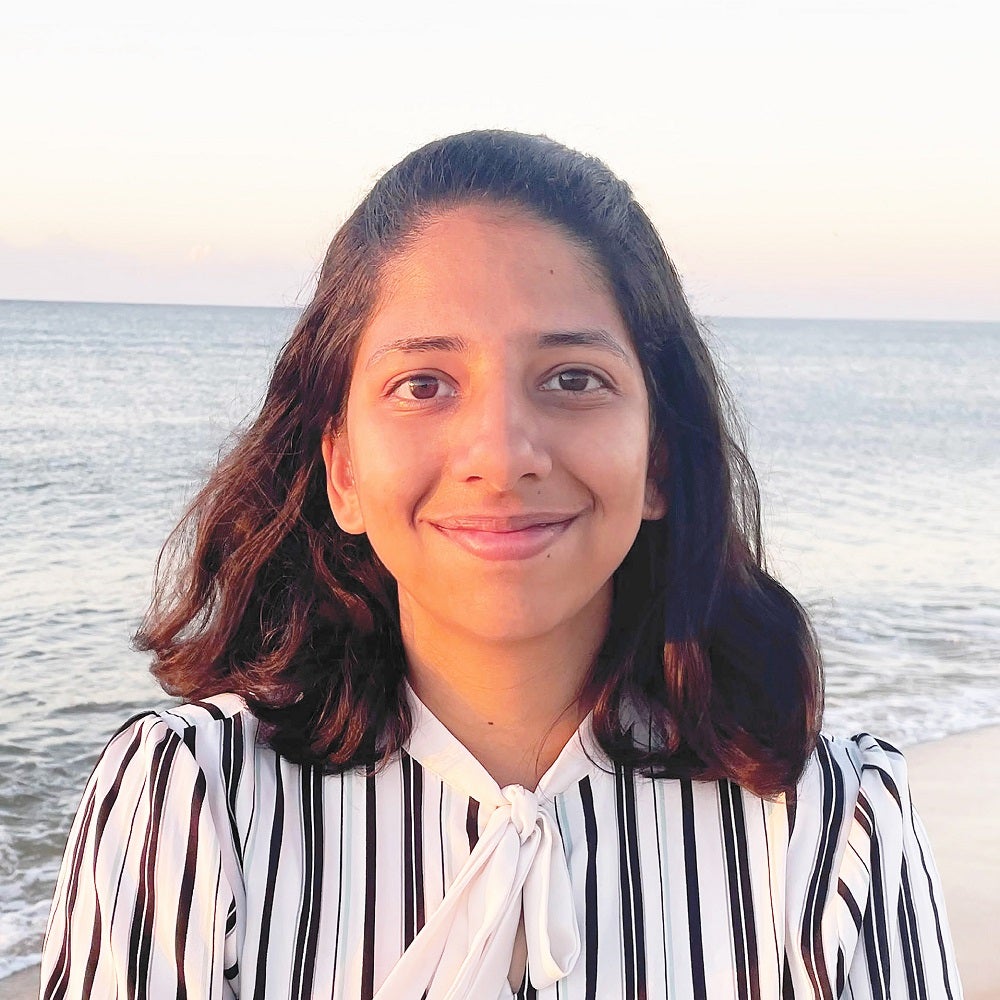Shifting Terrains: Glacial Debris and Flow in the Garhwal Himalayas, India

howland Fellow: Madhura Vaze
GALLERY TALK & RECEPTION
Fri, Nov 1
12PM
__________
Howland Travel Fellowship exhibition
FRI, oct 25–mon, nov 18
CAMPBELL CORNER GALLERY
Having travelled and hiked extensively in the Indian Himalayas, Madhura Vaze (MLA '24) witnessed the changes in glacier melting patterns due to climate change and the substantial impacts of flow and debris cover on mountainous communities. Often called "The Third Pole of the World," the constant flux within the disappearance of Himalayan glaciers has affected mountainous infrastructural systems, community values, ecology, histories, and social constructs through continuous processes of glacial erosion and deposition.
For the 2024 Howland Traveling Fellowship, Vaze travelled to the Garhwal Himalayan region in the Uttarakhand state of India to document debris cover and flow in Mandakini and Alakananda River (tributaries of the Ganges River) watershed basins. Traveling to Kedarnath's Chorabari and Companion glaciers, Joshimath, as well as several other small towns, she questioned the dynamics of glacial retreat and how the processes of glacio-fluvial landscapes erode the relational ethics of the public. The historical traces accompanied by future predictions from the 2013 and 2021 glacial lake outburst floods, presented compelling findings for understanding the relationship between glacial geomorphology and mountainous communities. This exhibition showcases fieldwork and research in the world of glacial-fluvial landscapes by thinking about climate change vertically.
Faculty Advisor: Bradley Cantrell

Madhura Vaze is a Master of Landscape Architecture candidate at the University of Virginia and holds a Bachelors in Architecture from Pune University, India. Her approach to landscape architecture is rooted in experiencing the growing disconnected relationship between humans and nature in contemporary society. She is passionate about exploring offbeat wild places, which helps her reveal invisible things that many people are unaware of and make them visible in constructed landscapes. With a research-driven design and systems thinking approach, she seeks to translate intuitive seeing-unseeing landscape art and science towards resilient and climate-adaptive landscape design in the wake of changing climates.
Supported by the Benjamin C. Howland endowment.
